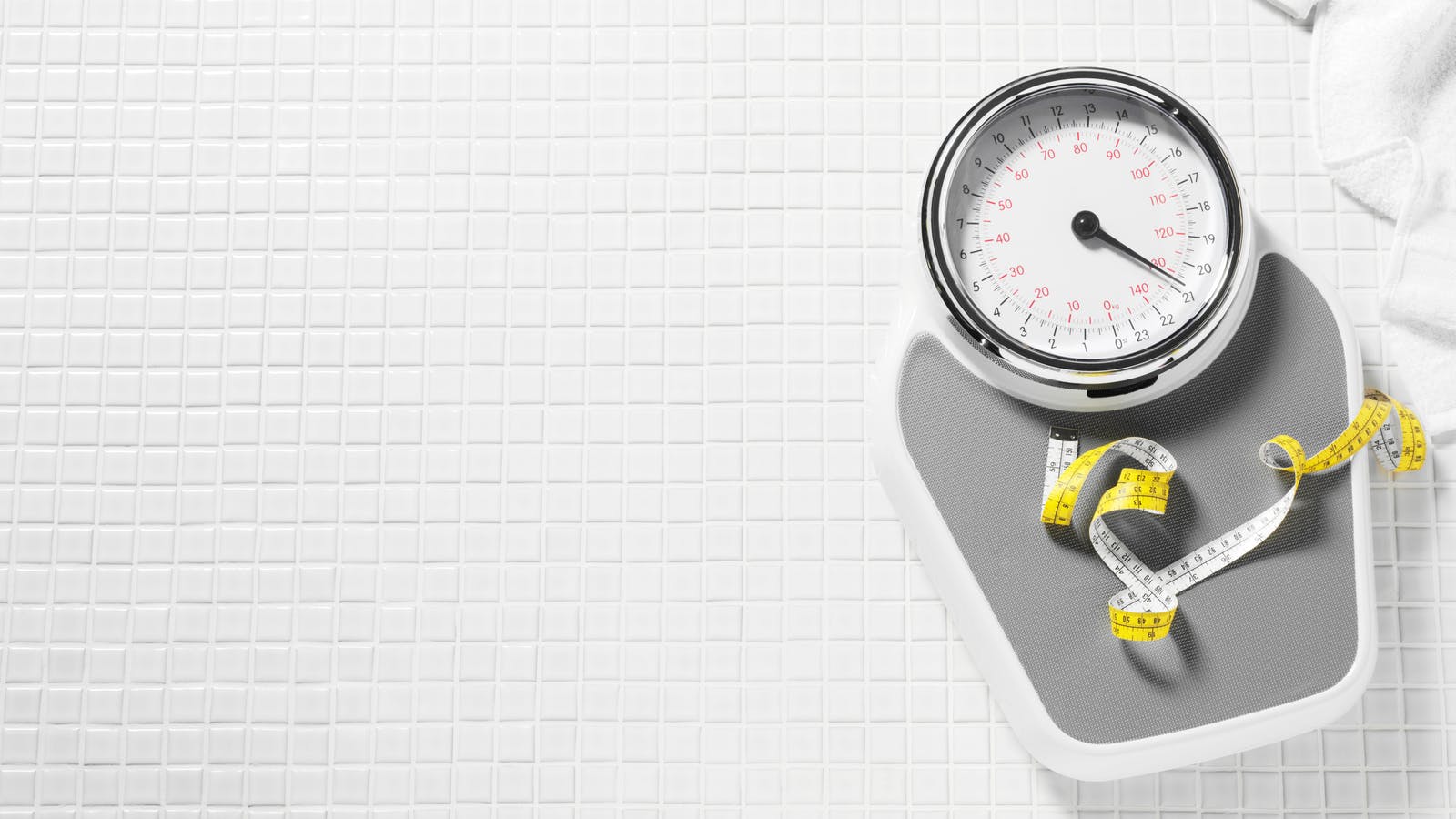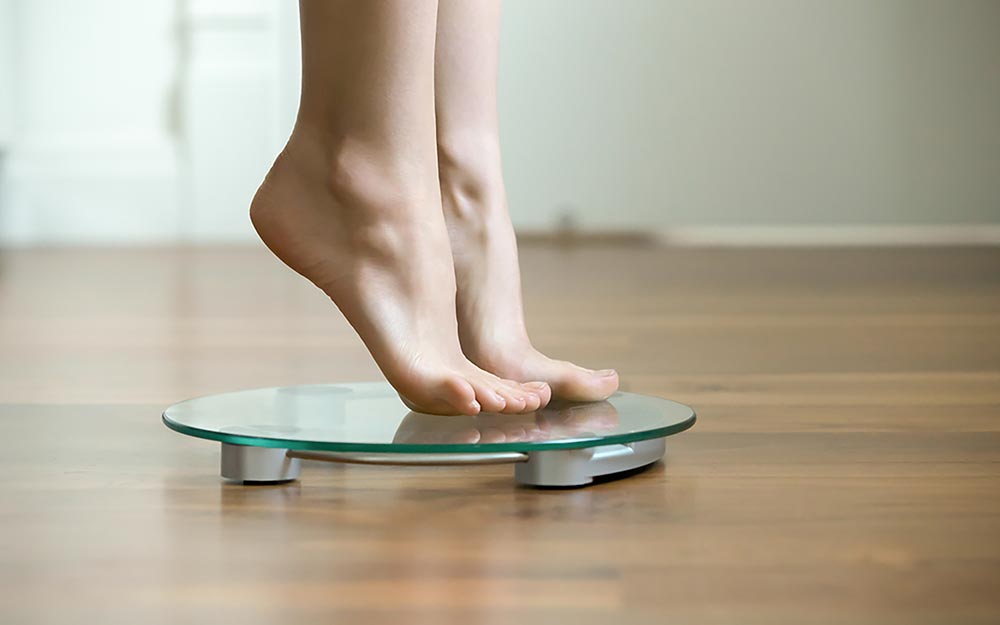Quick diets to lose weight quickly: How do they work?

In anticipation of warm weather, it is common to feel the need to lose weight quickly and get back in shape, often searching for the formula “great results in a short time”.
But even if there are many diets that promise to lose weight quickly, you have to be very careful to follow them only for a short period of time (not more than a few weeks), to then return to a more balanced diet that does not create imbalances in the body and can guarantee the contribution of all the nutrients they serve.
Compared to a normal diet, in fact, a fast diet not only loses the fat mass but also the lean one (important as it is composed of tissues and liquids that do not contain significant percentages of triglycerides), a condition that occurs especially when they are lost 2-3 pounds in just one week.
For this reason, in addition to being varied and complete, slimming diets should provide for a caloric reduction of no more than 30%, and it would therefore be sufficient to cut from 500 to 800 Kcal per day, paying attention never to go below 1200 Kcal daily. This results in the fact that weight loss should never exceed 0.5-1 pounds per week.
Of course, by undertaking a less restrictive weight-loss diet, progress can be less obvious at first, but they are in any case related to an emptying of adipose tissue: moreover, the risk of abandoning the diet due to excessive restrictions is reduced, the probability is reduced. Of conditions such as weakness, exhaustion, asthenia, lowering of blood pressure and glycaemia, anemia, muscle cramps, general wasting and reduction of basal metabolism, which appears to be counterproductive with the objective set.
Finally, it should be considered that intervening only on the energy “entrances” may not be sufficient to return (and remain) in shape, therefore it is advisable to modify also the “exits”, i.e. the daily energy expenditure : to do this, it is necessary to supplement the diet with a little physical activity, opting for exercises that strengthen the muscles, activate the metabolism and bring the body to consume more calories.
Furthermore, we must not forget that we must drink plenty of water to keep the body hydrated and promote diuresis.
It should be specified that whenever you decide to undertake a diet or change your eating habits, it is good to do it under the supervision of a nutritionist or an expert dietician, able to assess the patient’s state of health and identify the diet. Best suited to your needs, to lose weight without risk.
Keeping the premises in mind, here are some quick diets.
Ketogenic diet
The ketogenic diet is a diet that is based on the drastic reduction of carbohydrates and forces the body to independently produce the necessary glucose, thus increasing the energy consumption of the fats contained in the adipose reserves.
In the 1970s, a similar diet was proposed by Dr. Atkins and included a strong limitation of carbohydrates and the use of proteins and fats to reach satiety (without taking into account the total caloric content).
The Dukan diet, on the other hand, is a re-visitation of the Atkins diet. When carbohydrates are restricted, the body searches for another source of energy and finds them right in the ketone bodies, which derive from lipid metabolism. When the amount of carbohydrates is limited, the body mainly uses the fat reserves and the proteins present in the tissues. The mobilization of fats for energy is essential in the weight loss phase and the appetite is reduced.
The risks, however, are those of an increase in plasma levels of uric acid (a condition that can lead to gout), an alteration of the electrolyte balance and the promotion of body dehydration, with consequent urinary calcium loss and therefore an increased risk of osteoporosis. The side effects of an excessive level of ketone bodies in the blood also include hypercholesterolemia and a greater risk of cardiovascular disease. While among the most common disorders include, especially in the early days, headaches and constipation.
For all these reasons, a ketogenic diet should not be followed for more than 8-12 weeks and absolutely avoided in pregnancy and lactation, in cases of renal or hepatic failure and type I diabetes.
Intermittent fasting diet
Diets based on total and intermittent or only partial fasting are highly hypocaloric and are based on the consumption of vegetable- based meals, smoothies and slimming teas. If on the one hand they ensure rapid weight loss, on the other it must be considered that the basal metabolic rate is significantly slowed down. In the long run, however, we tend to gain weight, as the weight lost is at the expense of muscle mass.
These diets involve the alternation of periods in which one eats during periods of fasting. The most popular intermittent fasting methods are: scheme 16/8 which divides the day into 8 hours of eating and 16 hours of fasting. Just skip breakfast and have your first meal at noon and the last before 8pm.
The scheme of alternate days (5:2), instead, consists in reducing calorie intake, for two days a week, for a maximum of 500-600 calories. The days must not be consecutive and on other days, you can eat whatever you want. Then there is the Eat Stop Eat where you eat every other day, fasting once or twice a week. You can still drink low-calorie beverages.
This type of diet, hard enough to follow, can help you lose weight, as long as you do not take too many high-sugar and fat-rich foods at “free” times. However, it is not recommended for those suffering from diabetes or high blood pressure or in pregnant or nursing women. To consider also the social aspect that can undergo some changes as it leaves no room for flexibility.
Monothematic diets
The diet of minestrone, grapes, rice, lemon, yogurt or even artichoke. There really are something for everyone. But they have one thing in common: they rely on one food.
The low calorie content favors weight loss and the basic scheme is very easy to remember. Being so restrictive, however, it ends up having deficiencies in nutritional principles and, after a few weeks (if all goes well), the diet becomes boring and you risk abandoning it.
They are effective because they follow a simple principle: as less calories are taken as the only way to lose weight, single-food diets exaggerate this concept by taking advantage of the tendency to get tired of the only food allowed until you are satisfied with less calories. They are however very unbalanced and harmful to health.
Diet of super metabolism
The diet of super metabolism was developed by nutritionist Haylie Pomroy and is based on the power that certain foods have to turn into real fat-burning foods. The scheme envisages three phases with the aim of accelerating the metabolism and thus increasing the consumption of calories by lose weight up to 10 kg in just one month.
Many celebrities thanks to its effectiveness and speed of results have also followed this diet. It lasts only 28 days and the three different phases alternate every 2-3 days, in weekly cycles. Each phase involves the consumption of different foods, as well as a different type of physical activity.
There are a few basic rules that must be followed throughout the program. First of all, you should eat 5 times a day, every 3-4 hours without skipping meals, breakfast should be consumed within 30 minutes of waking up, without forgetting to drink 30 cl of water for every pound of body weight. Furthermore, you should engage in physical activity at least 3 times a week.
The first phase, aimed at burning fat, should be followed on Monday and Tuesday. Fruit, vegetables, proteins and cereals should be preferred with the following breakdown: at breakfast a portion of cereals and fruit, two fruit-based snacks, lunch and dinner with a portion of cereal, one of protein and plenty of vegetables.
The second phase, which favors proteins, should be followed on Wednesdays and Thursdays and involves the intake of proteins and vegetables preferring grilling, or boiled or stewed, with the foresight to avoid fat. At breakfast and during snacks, opt for omelets (only egg whites) and vegetables, and lunch and dinner with lean meats, fish or lean sausages and vegetables.
The third phase, more oriented towards equilibrium, is to be followed on Fridays and weekends with a reintegration of fatty foods, with the foresight to choose healthy ones, with proteins, low glycemic index fruit and whole grains (limited to approx. half portion). Therefore, at breakfast and during the snacks, go ahead with fruit, while at lunch and dinner, quinoa, brown rice or oats with lean meat or fish and vegetables. Dried fruit, seeds and coconut are also allowed here.
In all three phases, dairy products, sugar, caffeine, alcohol, light or diet drinks, corn, wheat (so no pasta and bread), soy, juices, dried fruit and artificial sweeteners should be avoided.
As for the other ketogenic diets, this one too is not without side effects: the low intake of carbohydrates can lead, especially initially, to nausea, headache, tiredness and irritability. In the long run, the ingestion of high percentages of fat and cholesterol could cause problems for the cardiovascular system. For these reasons, it is good to follow this one-off food scheme.


